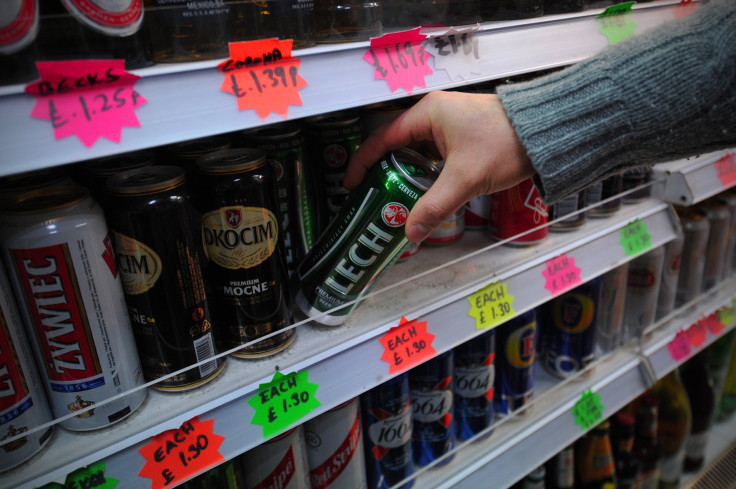Socioeconomic Status, Cognitive Tests May Predict Who Experiments With Underage Drinking
Experts have enumerated the risks of underage drinking for years, finding that it increases the risk of sexual assault, impaired judgement, and even serious injuries that can lead to death. Despite all this, young people still drink a lot — about 5.4 million people between the ages of 12 and 20 in the United States report binge drinking each year. In an effort to prevent these behaviors, a team of researchers has discovered that certain demographic factors, brain features, and cognitive functions are present in children who grow up to drink lots of alcohol.
“We were able to predict, with 74 percent accuracy, which 12-to 14-year old youth eventually went on to engage in alcohol use by late adolescence,” said Lindsay Squeglia, assistant professor in the department of psychiatry and behavioral sciences at the Medical University of South Carolina, in a press release.
On a neural level, the research found several “important predictors,” that could eventually become a validated model if more scientists arrive at the same results. “Poorer performance on tests of executive functioning — for example, on tasks of planning, problem solving, and reasoning — as well as differences in the structure and function of the brain during executive functioning tasks at ages 12 to 14, are... predictive of which youth initiate alcohol use by age 18,” Squeglia said.
Additionally, the researchers found that being male, coming from a higher socioeconomic background, dating by age 14, and positive expectations regarding how alcohol will make you feel were all associated with drinking during adolescence.

“While we are not at the point where we can scan every child’s brain and know if they will/will not begin using alcohol, this is an important step in understanding brain features that contribute to alcohol use during adolescence,” Squeglia said. She recently presented her findings at the 39th Annual Research Society on Alcoholism meeting in New Orleans.
These risk factors come in addition, of course, to environmental risk factors children and teens face. One recent study found that middle schoolers saw an average of two to four alcohol ads per day — significant, since research has also shown the more alcohol ads kids remember, the more likely they will be to drink. A complex web of parental guidance and peer pressure also plays a role in the likelihood that an adolescent starts drinking, which makes it difficult for anyone to pinpoint youths that face the highest risk. However, some effort can go a long way.
“Teachers, parents, and clinicians can easily be looking for the demographic risk factors we identified as being highly predictive of alcohol use, like gender, dating behaviors, socioeconomic background, and youth’s expectations of how alcohol will affect them,” Squeglia explained. “With replication of our findings, we will hopefully be able to even better identify at-risk youth, as well as potential targets of preventive efforts, such as bolstering executive functioning.”
Source: Squeglia L. Understanding Risk Factors Involved in Initiation of Adolescent Alcohol Use. Research Society on Alcoholism. 2016.
Published by Medicaldaily.com



























